- About us
- Support the Gallery
- Venue hire
- Publications
- Research library
- Organisation chart
- Employment
- Contact us
- Make a booking
- Onsite programs
- Online programs
- School visit information
- Learning resources
- Little Darlings
- Professional learning
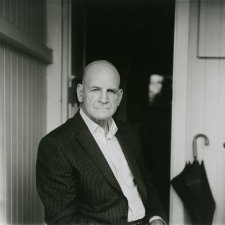
Commissioned with funds from the Patrick Corrigan Portrait Commission Series 2018
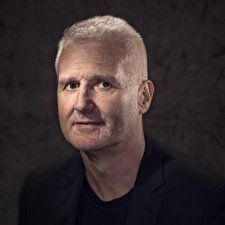
Commissioned with funds provided by Trent Birkett 2018
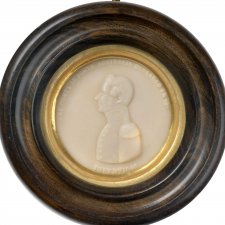
Marriage: a prolonged disaster
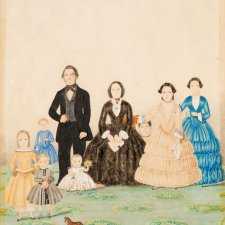
Desirable outcomes, undesirable origins

Digital media artist, George Khut, is creating a spectacular form of digital portraiture involving public participants.
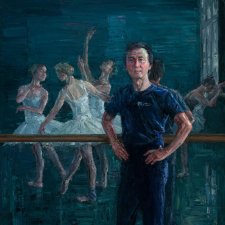
To celebrate the National Portrait Gallery’s twentieth anniversary as an institution, twenty portraits of outstanding Australian individuals have been commissioned for the permanent collection. This is the largest undertaking for the Gallery’s commissioning program in its twenty-year existence.
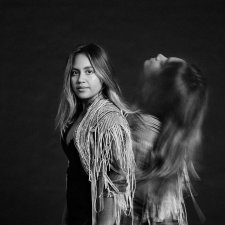
The National Portrait Gallery has unveiled twenty new portrait commissions of Australian leaders and individualists as part of its twentieth birthday celebrations in a new exhibition, 20/20: Celebrating twenty years with twenty new portrait commissions.

George Fetting was selected for the Art Handlers’ Award for his portrait Antonio Intili – Sartoria (Tailor Shop) #1.
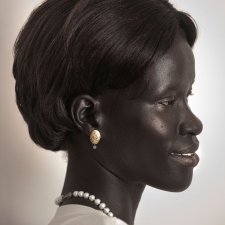
Joanna Gilmour, National Photographic Portrait Prize judge and curator, introduces the 2013 Prize.
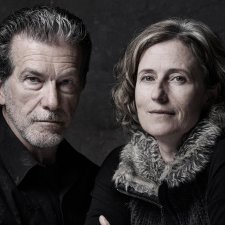
After months of anticipation, the winner for the National Photographic Portrait Prize 2017 has been announced with renowned Sydney portrait photographer Gary Grealy taking out the award. George Fetting, guest judge for the 2017 Prize, was entranced with the evocative nature of the winning portrait Richard Morecroft and Alison Mackay.
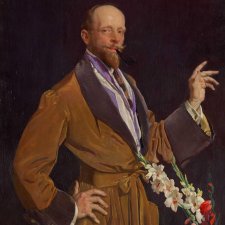
Just good friends?
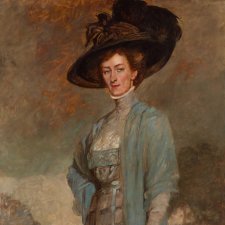
Spanning the 1880s to the 1930s, this collection display celebrates the innovations in art – and life – introduced by the generation of Australians who travelled to London and Paris for experience and inspiration in the decades either side of 1900.
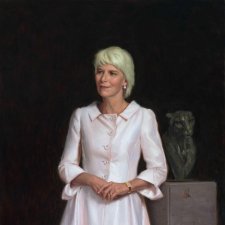
Commissioned with funds provided by Westpac Group and Optus 2018
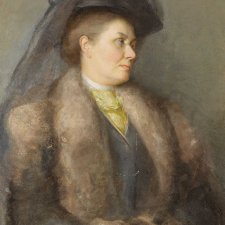
This 1910 portrait of Elizabeth Sarah (Lillie) Roberts by Tom Roberts was brought into the Gallery's collection with the assistance of the Acquisition Fund in 2013.
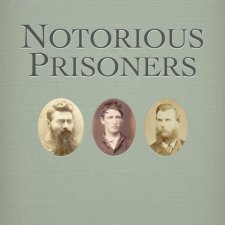
These books include sixteen inmates including Ned Kelly, Captain Moonlite and Frederick Deeming and twelve sketches of the deceased, including several children. For Year 7 – 9 students.
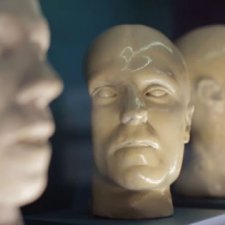
Though initially developed by physicians, phrenology was taken up by certain non-medical practitioners who applied the theory to social questions such as education and criminal reform.